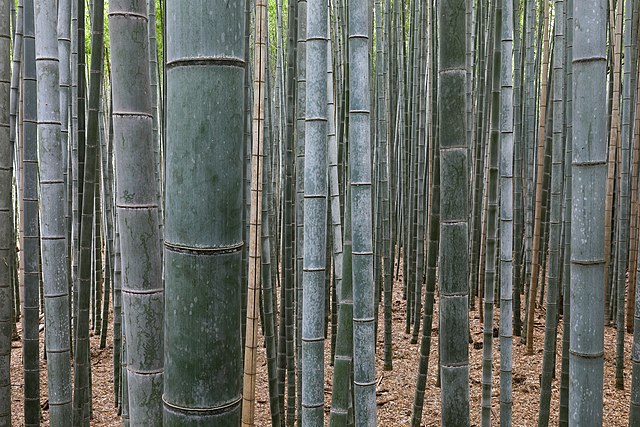The Philippines’ delegation at the 2024 World Food Forum in Rome has promised to drive sustainability through mango, seaweed, abaca and bamboo cultivation.
During the event, the Department of Agriculture’s secretary Francisco Tiu Laurel Jr. outlined the economic and sustainability benefits of these tropical produce.
Laurel linked the four produce to the goals of the Food and Agriculture Organization (FAO) to regenerate the world’s agriculture and food chain.
Notably, abaca is economically important for the Philippines, which accounts for 87% of all worldwide supplies. This according to the government’s 2016 figures.
The fiber is so common in the country that it has gained the international nickname of “Manila hemp” for distinction.
In its part, bamboo nurtures Philippine communities courtesy of its economic uses such as in construction. Besides, it is a carbon sink that helps trap excess emissions in forestland across the southeast Asia island peninsula.
Mango, too, is vital for not only sustainable needs but for the agri-food economy of the nation. The country accounts for 3.5% of the global harvest of the fruit and doubles as Asia’s biggest supplier.
Seaweed is also economically important, given that in Quarter 2, 2023, it represented 33.8% the national seafood production.
Its production across 60,000 hectares along the country’s coastlines is also experiencing an industrial boost. This includes the set up of processing plants that produce fertilizers, livestock feed and cosmetics.
Financing the Four Resources
Apart from realizing the above milestones, the country also seeks to transform the currently unstable supply chains through funding.
The government has already set aside some 167.5 billion pesos ($2.9 billion) to help farmers and improve farm infrastructure.
According to Laurel, this stimulus only reinforces the food security and sustainable model of mango, weeds, abaca and bamboo cultivation.
FAO’s support for the foods also counts in, for the UN agency has already injected $41 million in 19 agricultural projects.
In a word, tropical produce and sustainability are crossing paths in the Philippines in a way that could impact global sustainability. To learn more of the place of the four foods in the country’s agricultural landscape, read on the statistics below.
Philippines Mango, Weed, Abaca and Bamboo Statistics
The Philippines is a world leader in abaca production and a significant source of mango, bamboo and seaweed. Some have become commonplace, such as bamboo, whose wood makes 25% of public school furniture per a governmental 2010 directive. Regarding seaweed, the country boasts over 800 species at sea and in aquaculture, which support 0.5 million people in southern Philippines. For more on abaca and mango, read on the following sections.
How much abaca does the Philippines produce?
Government figures show that in 2016, abaca production was at 72,000 tonnes, from some 180,302 hectares. This output would reduce six years later in 2022 to 68,326.56 tonnes while acreage would retract to 146,488 hectares, according to FAOSTAT. Besides, the above two figures represent the highest production in Asia.
What is the total mango, guava and mangosteen production in PH?
The combined production of mango, guava and mangosteen in the Philippines was at 723,096 tonnes in 2022, per FAOSTAT. In 2013, the country ranked 11th worldwide for mango alone, behind world leader India.
What are the main facts about PH’s bamboo sector?
There are over 70 bamboo species in the Philippines, which helps it rank among the top producers in Asia. In terms of exports, the country is among the top 50 world exporters. In 2019, for example, it exported 12,470 kg of bamboo valued at $4,870, ranking 46th worldwide, according to the World Bank.
What is the PH rank in global seaweed production?
In 2015, the Philippines ranked 3rd in seaweed production at 1.5 million tonnes. Only regional China and Indonesia produced more at 13.9 and 11.2 million tonnes, respectively. Mindanao Island in the southeast Philippines accounts for 50% of the national seaweed production.
